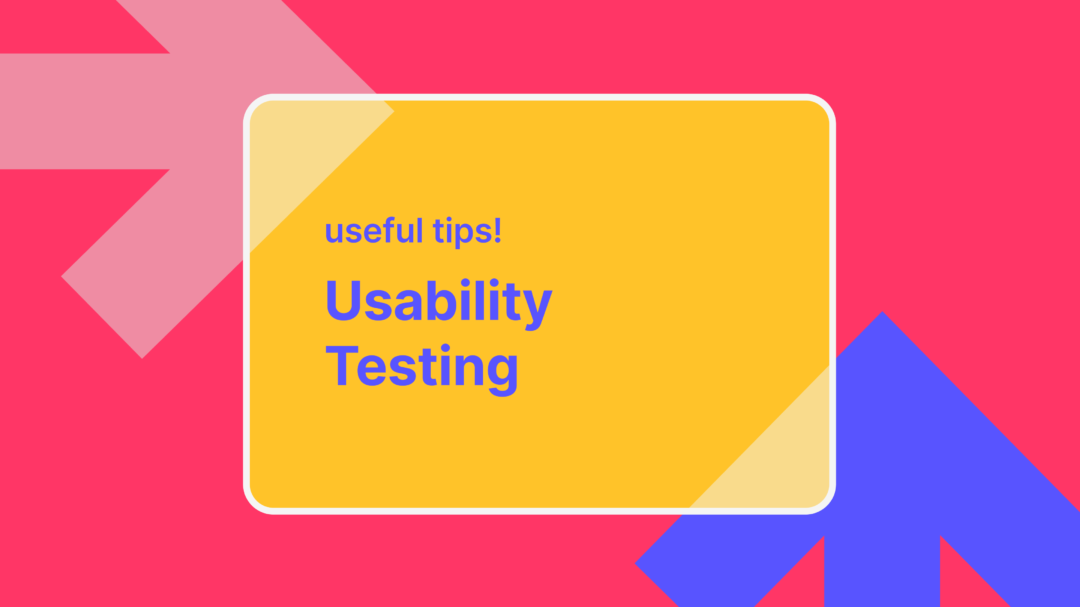Business, today, is -IMHO- a lot easier than it used to be.
In the past, a company had to go through a very long and stressful process, by which they would spend tons of resources and time, to eventually find that “sweet spot” close to the product-market fit (after a number of iterations of course).
But things changed. Now, companies possess unbelievably powerful tools that if employed the right way, can leverage their projects in no time while keeping their resources intact.
My post, today, aims to find the best tools in the market when it comes to optimizing the overall experience of your product – be it an app, a website, a prototype, or even a simple design.
Disclaimer: Before writing this, I asked my manager to be totally unbiased in my analysis, as I am against the common tactic of corporate blogs that make their products look superior while attacking their competitors. To get a better picture of what remote usability tools exist right now, I gathered and analyzed literally every product in the market. To come up with the final list I used these criteria: a) years in the market, b) the number of features, c) innovative not-easy-to-copy features, and d) price. Surely, there are far more than 6 remote usability tools but I had to keep it simple.
For your convenience, I have divided the tools into 2 categories: a) Usability tools for websites/apps and b) Usability tools for prototypes/designs
So, let’s go!
Usability testing tools for websites/apps
The big advantage of using such tools is that they can improve the whole experience of your users but most importantly exponentially increase your converts. They do that by analyzing your users and their entire journey while being on your platform. These tools are really powerful but they have one single two facet downside; most of the time, you will need to have a user base to interact with your platform first which is also really “dangerous” as they are experiencing the “real product”.
Hotjar
Hotjar is one of the leaders in this industry and it is being used by big companies and individuals alike. It’s considered a mainly qualitative tool allowing managers to understand their users’ behavior with heatmaps, recordings, conversion funnels, analysis of forms, and real-time surveys.
Pricing: It has a free version to start off, their “plus plan” costs $32/month.
Crazyegg
Crazyegg is very similar to Hotjar and is also very popular among professionals. It also offers high-quality heatmaps and session recordings but it doesn’t offer surveys and forms analysis. What it offers though, is a pretty intuitive A/B testing tool and also very good customer support.
Pricing: It has a basic plan starting from $24/month.
Usabilla
Usabilla is a company that belongs to SurveyMonkey and is fairly powerful, although somewhat different than the 2 previous tools. It offers a way to get feedback from a number of platforms while giving great insights to its users. Its main advantage is that it integrates with almost everything you are using – this is why it is preferred by top-notch companies and it also has 1-1 training which I personally find really important.
Pricing: Undisclosed.
Usability testing tools for prototypes/designs
The main advantage of running prototype testing is that you validate your ideas – no matter how strange they are – by spending near to zero resources. The perfect product can be literally crafted even before your engineers get a brief. Strong analysis, backed up with live data at this point in the product development is something that gets you far ahead of your competitors.
UserTesting.com
UserTesting was one of the first companies that entered the industry and it has contributed a lot in setting the basis on which we are all building. Usertesting.com offers some cool integrations with prototype making platforms like Adobe XD and Sketch. It also offers live video of real users from its own panel talking their ideas out for your prototype, website, or app. Note, that UserTesting has also a website usability tool but it wasn’t included in the above list as it didn’t pass the criteria.
Pricing: Undisclosed.
UsabilityHub
UsabilityHub is another established tool from Australia that has also been in the market for a long time. It’s pretty intuitive, offers 4 types of tests, and returns insightful results like heatmaps, user flows, answers, and timebars.
Pricing: It has a flexible plan starting from $50.
Useberry
Useberry is the newcomer of the 3 usability testing platforms and although it had the disadvantage of starting far behind, it also had an unparalleled competitive advantage: to know the market before entering it.
That’s why it has already been strategically integrated with 5 prototype-making platforms like Adobe XD, Figma, Sketch, InVision, and Marvel. This is also why it has 7 types of tests and types of results like heatmaps, user flows, video recordings, time bars, and timestamp notes. At Useberry we’re driven by innovation, so expect more features and disruptive technologies to come in the future; and, I’m really not exaggerating here.
Pricing: It has a Free plan to start off, basic plans start from $39 / month.
Feel free to contact us!
We’d love to know your experience with Useberry and we will be excited to hear your thoughts and ideas.




